Introduction
Stir-fried shredded potatoes, a humble yet beloved dish in many cuisines, especially Chinese home cooking, is a testament to the magic of simplicity. With just a handful of ingredients and minimal effort, this dish transforms ordinary potatoes into a symphony of textures and flavors—crispy edges, tender centers, and a harmonious balance of savory and tangy notes. While it may seem straightforward, achieving that coveted crispiness without burning or undercooking requires precision, technique, and an understanding of the science behind the stir-fry. This article delves into the nuances of crafting the perfect stir-fried shredded potatoes, from selecting the right spuds to mastering the wok hei (breath of the wok). Whether you’re a novice cook or a seasoned home chef, this guide will equip you with the knowledge to elevate this dish from ordinary to extraordinary.
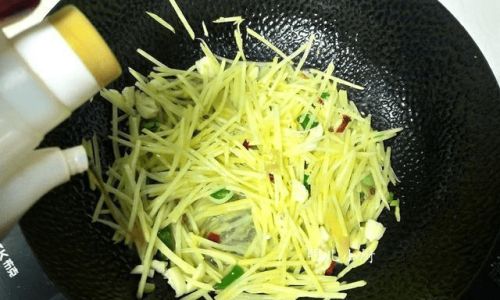
Chapter 1: The Foundation—Choosing the Right Potatoes
Not all potatoes are created equal, and selecting the correct variety is the first step toward success. Starchy potatoes, such as Russet or Yukon Gold, are ideal for stir-frying due to their high starch content and low moisture. Starch aids in creating a crispy exterior when cooked, while low moisture prevents sogginess. Avoid waxy potatoes like red or new potatoes, as their higher water content can lead to a mushy texture.
Chapter 2: Knife Skills and Preparation—The Key to Uniform Cooking
The secret to evenly cooked shredded potatoes lies in consistent thickness. A sharp knife or mandoline slicer ensures each strand is uniformly thin, promoting even cooking and crispiness. Aim for matchstick-sized shreds, approximately 1/8 inch thick. Thicker cuts may remain undercooked, while thinner ones risk burning.
Chapter 3: The Soaking Ritual—Removing Excess Starch
Raw potatoes contain natural starches that can cause sticking and prevent crisping. Soaking the shreds in cold water for 15–20 minutes washes away surface starch, yielding a cleaner, crisper result. Change the water once or twice during soaking to maximize effectiveness. After soaking, drain thoroughly and pat dry with a clean kitchen towel or paper towels to eliminate excess moisture—a critical step, as damp potatoes will steam instead of fry.
Chapter 4: Wok Mastery—Heat, Oil, and Timing
A well-seasoned carbon-steel wok is the traditional tool for stir-frying, as it distributes heat evenly and retains high temperatures. However, a large skillet or cast-iron pan can suffice. The key is to preheat the pan until smoking hot before adding oil—this prevents sticking and ensures a quick sear.
Chapter 5: Aromatics and Seasonings—Building Flavor Layers
The beauty of stir-fried shredded potatoes lies in its versatility. While the basic recipe calls for garlic, ginger, and scallions, feel free to experiment with aromatics like shallots, chili peppers, or Sichuan peppercorns for depth. For seasonings, a blend of light soy sauce, vinegar (rice vinegar or black vinegar), salt, and white pepper forms the backbone. A pinch of sugar can balance acidity, while a splash of sesame oil at the end adds a nutty aroma.
Chapter 6: The Stir-Frying Process—Step by Step
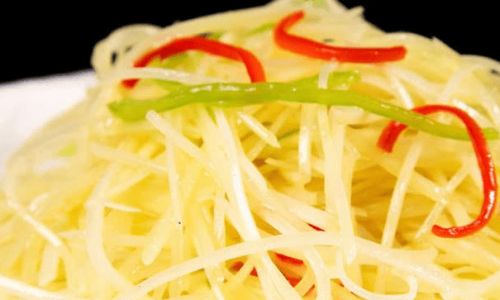
- Heat the Wok: Place your wok over high heat and allow it to preheat for 2–3 minutes. Add 2–3 tablespoons of oil (peanut, vegetable, or avocado oil work best due to their high smoke points) and swirl to coat the surface.
- Aromatics First: Add minced garlic, ginger, and dried chili flakes (if using). Stir-fry for 10–15 seconds until fragrant but not browned.
- Potatoes Enter: Toss in the dried potato shreds. Use a spatula to spread them into a single layer, allowing maximum contact with the hot wok. Let them sit undisturbed for 30–45 seconds to develop a golden sear.
- Stir and Toss: Vigorously stir the potatoes, ensuring even cooking. Add grated carrots or bell pepper strips at this stage for color and sweetness.
- Seasoning: Drizzle soy sauce around the edges of the wok (to prevent burning) and toss to coat. Add vinegar, salt, and pepper. Continue stir-frying for 3–4 minutes, adjusting heat if necessary to prevent scorching.
- Finish with Flair: For a final touch, sprinkle chopped scallions and a drizzle of sesame oil. Toss once more and remove from heat.
Chapter 7: Troubleshooting Common Pitfalls
- Soggy Potatoes: Overcrowding the pan or insufficient heat are primary culprits. Cook in batches if needed, and ensure the wok is smoking hot before adding oil.
- Uneven Browning: Inconsistent shredding or failure to spread potatoes into a single layer. Use a mandoline for uniformity and resist the urge to stir constantly initially.
- Bland Flavor: Under-seasoning or not building flavor layers. Taste and adjust seasonings mid-cook, and don’t shy away from adding a pinch of MSG or a splash of oyster sauce for umami.
Chapter 8: Creative Twists and Regional Variations
- Spicy Sichuan Style: Add doubanjiang (fermented broad bean paste) and Sichuan peppercorns for a numbing, spicy kick.
- Vinegar-Infused Zing: Increase the vinegar ratio and garnish with fresh cilantro for a tangy twist.
- Meat Lover’s Edition: Stir-fry ground pork or diced bacon before adding potatoes for a hearty meal.
- Vegetarian Delight: Incorporate shredded cabbage, mushrooms, or tofu for added texture and nutrition.
Chapter 9: Serving and Pairing Suggestions
Stir-fried shredded potatoes shine as a versatile side dish, complementing rice, congee, or noodles. For a complete meal, wrap them in a thin pancake (like Chinese bing) with hoisin sauce, or serve alongside grilled meats. Leftovers reheat surprisingly well in a hot wok, retaining their crispiness when stir-fried briefly.
Chapter 10: The Science Behind Crispiness
Understanding the Maillard reaction—the chemical process that browns food and develops complex flavors—is key to mastering stir-fries. High heat (above 350°F/175°C) caramelizes sugars and amino acids on the potato surface, creating that coveted crunch. Properly dried potatoes and a well-seasoned wok ensure this reaction occurs efficiently.
Conclusion
Stir-fried shredded potatoes are more than a side dish—they’re a canvas for creativity and a celebration of culinary basics. By honing your knife skills, mastering heat control, and embracing experimentation, you’ll transform a simple ingredient into a dish that delights the senses. Whether you prefer it fiery, tangy, or subtly seasoned, the principles remain the same: patience, precision, and a passion for perfection. So grab your wok, sharpen your knife, and embark on a journey to crispy nirvana—one potato shred at a time.
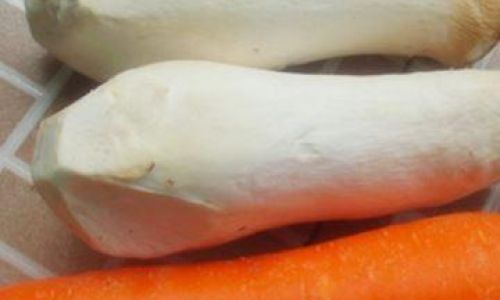
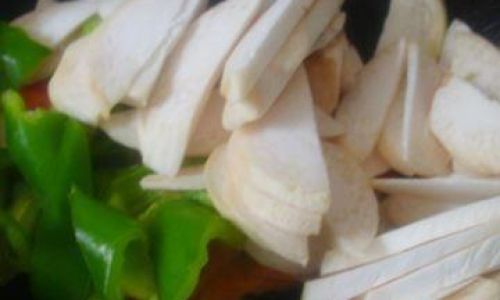
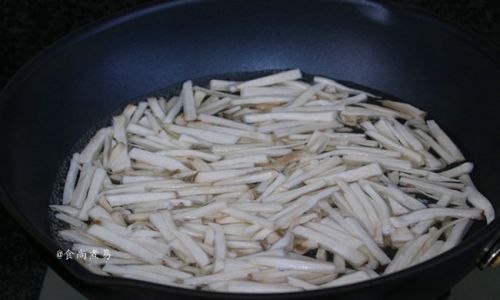
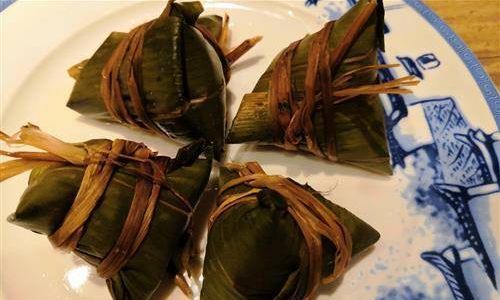
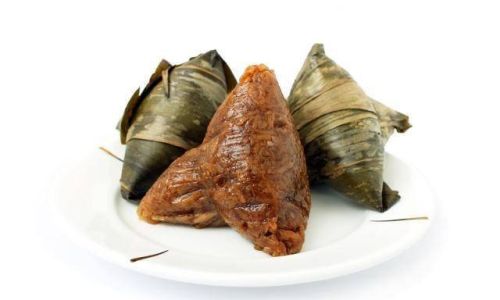
0 comments